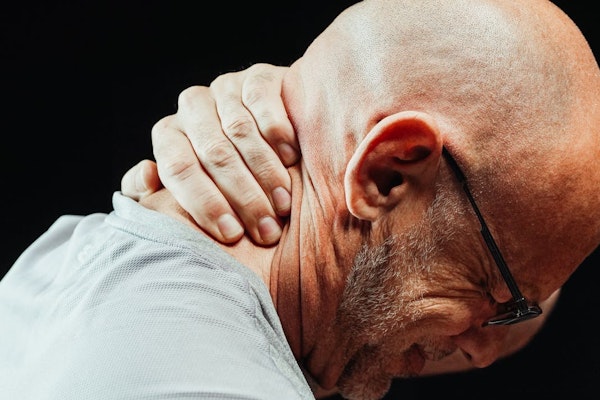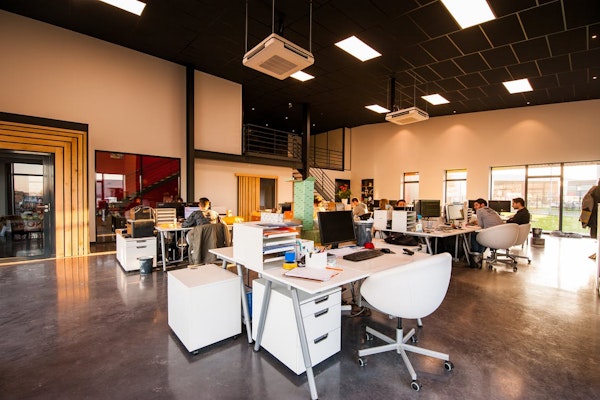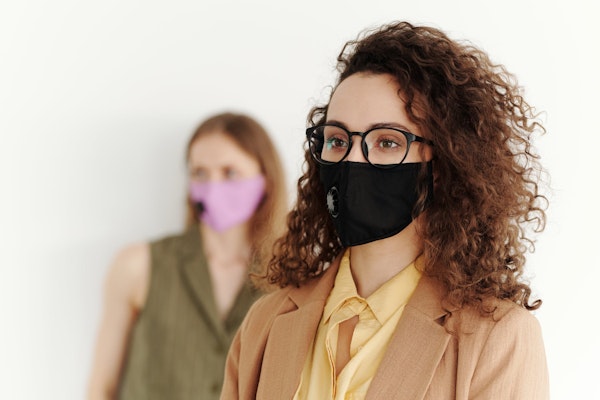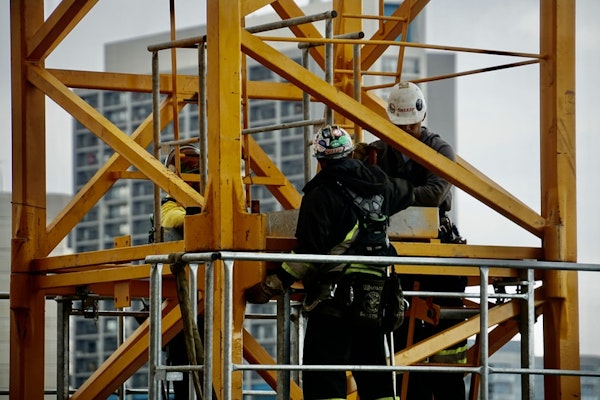
5 Evolving Workers’ Comp Losses in the Cannabis Industry
The types of workplace injuries experienced in the cannabis industry can vary according to the size of an operation, the extent to which it is vertically integrated or not, and which segment of the industry is its focus.
September 13, 2022
Workers' Compensation

New Tactics to Watch in Workers’ Comp Fraud Investigations
Workers’ compensation fraud takes three main forms -- claim fraud, premium fraud and provider fraud -- and the effects on honest employers and employees can be devastating. New analysis from the Coalition Against Insurance Fraud found the combined fraud burden for the workers’ comp line weighs in at $32 billion per year.
September 9, 2022
Fraud
Workers' Compensation

Ohio Law Establishes Criteria for Compensable Remote Worker Injuries
A first-of-its-kind law in Ohio gives employees who work from home parameters for what constitutes a work-related injury outside of the employer’s physical domain, an issue that has been raised in courtrooms across the country with varying results.
September 1, 2022
Legislation & Regulation
Workers' Compensation
Ohio

What is the Most Common Outcome of a Work Injury?
What is the most common outcome of a work injury? That is a question that psychologist Dr. Les Kertay likes to pose to audiences when he speaks about workers’ compensation. He did so earlier this week during a presentation before the National Association of Workers’ Compensation Judiciary (NAWCJ), which gathered for their educational track at the Orlando Workers’ Compensation Institute 76th Annual Conference.
August 30, 2022
Workers' Compensation

The Soaring Cost of Insurance Fraud
While we all know that insurance fraud is a massive problem, we now know just how massive: more than $300 billion-a-year massive, just in the U.S. That figure comes from the Coalition Against Insurance Fraud, whose estimate would mean that fraud costs each person in the U.S. some $930 a year and the average family some $3,750.
August 30, 2022
Auto
Fraud
Life & Health
Property
Technology

Marijuana Legalization And Workers Comp Risk
On May 25, Rhode Island became the 19th U.S. state to legalize recreational marijuana. Earlier this year, Mississippi passed legislation to allow for medical marijuana use, bringing the total number of states that have authorized Âmedical cannabis to 37. The continued push to legalize marijuana is no surprise.
August 17, 2022
Risk Management
Workers' Compensation
Rhode Island

In Managing Workers’ Comp, Keep Emotions In Check
At the NWCDN Annual Conference in Nashville last week, a presenter shared a personal story about how their emotions once got the best of them when handling a particular claim.
August 16, 2022
Workers' Compensation

3 Ways To Prevent Costly Remote Work Claims
Remote work arrangements are still common now that the COVID-19 pandemic has reached a near-endemic stage, and are likely to stay that way. A July 2022 analysis by the Bureau of Labor Statistics (BLS) found that a quarter of American workers are still working from home.
August 15, 2022
Workers' Compensation

Investigating Comp Claims
We have all had claims where, once we get to the end of the case, we wish we could go back to the beginning and start over. Maybe we missed that one piece of evidence that could have tied our theory of the case into a tidy little package with a nicely wrapped bow on top.
August 12, 2022
Workers' Compensation

Does Absence Makes the Heart Grow Fonder?
Have you heard that old saying, ‘Absence makes the heart grow fonder’? It definitely makes my heart go pitter-patter. I absolutely love supporting leaders and solving the nuisances in the absence and disability management space. Conversely, ask any people leader, and I’m sure that you will get a mixed bag of emotions because this is a challenging area to navigate.
August 9, 2022
Education & Training
Risk Management
Workers' Compensation

COVID-Related Comp Legislation Struggles To Gain Traction
This year’s dearth of enacted COVID-19 legislation that would affect workers compensation is an indication that lawmakers have lost their appetite for measures to address the pandemic’s effect on worker infections, insurance experts say.
August 5, 2022
Legislation & Regulation
Workers' Compensation

Putting Humpty Together Again
Workers’ Compensation, as an industry, has a marketing problem. It is probably better described as a messaging problem. It has long been true that the industry has been broadly defined by the negative stories that find their way into local and national press publications and media outlets.
August 2, 2022
Workers' Compensation

Effective Claims Resolution Starts Well Before Any Loss
All carriers and brokers encourage their insureds to read and understand their policies. Claims resolution relies on all the work after that. At best, when a claim occurs it is swiftly paid and insureds understand their policy language and feel protected by it.
July 27, 2022
Insurance Industry
Liability
Litigation
Property
Workers' Compensation

Complications With Proposed California Workers’ Comp Claims Bill
As California lawmakers for the second year consider reducing the amount of time allowed for workers compensation claims administrators to investigate the compensability of occupational injury or illness claims, an analysis by the California Workers’ Compensation Institute shows how the changes could affect acceptance of more complex claims.
July 25, 2022
Legislation & Regulation
Workers' Compensation
California

Construction Safety Professionals Struggle To Prevent Fall Hazards
Earlier this month, the Occupational Safety and Health Administration announced a new initiative to conduct surprise safety inspections for fall hazards. A day later, the agency announced $32,113 in fines for a Florida construction company where a 19-year-old worker died after falling from a clubhouse roof.
July 20, 2022
Liability
Workers' Compensation





